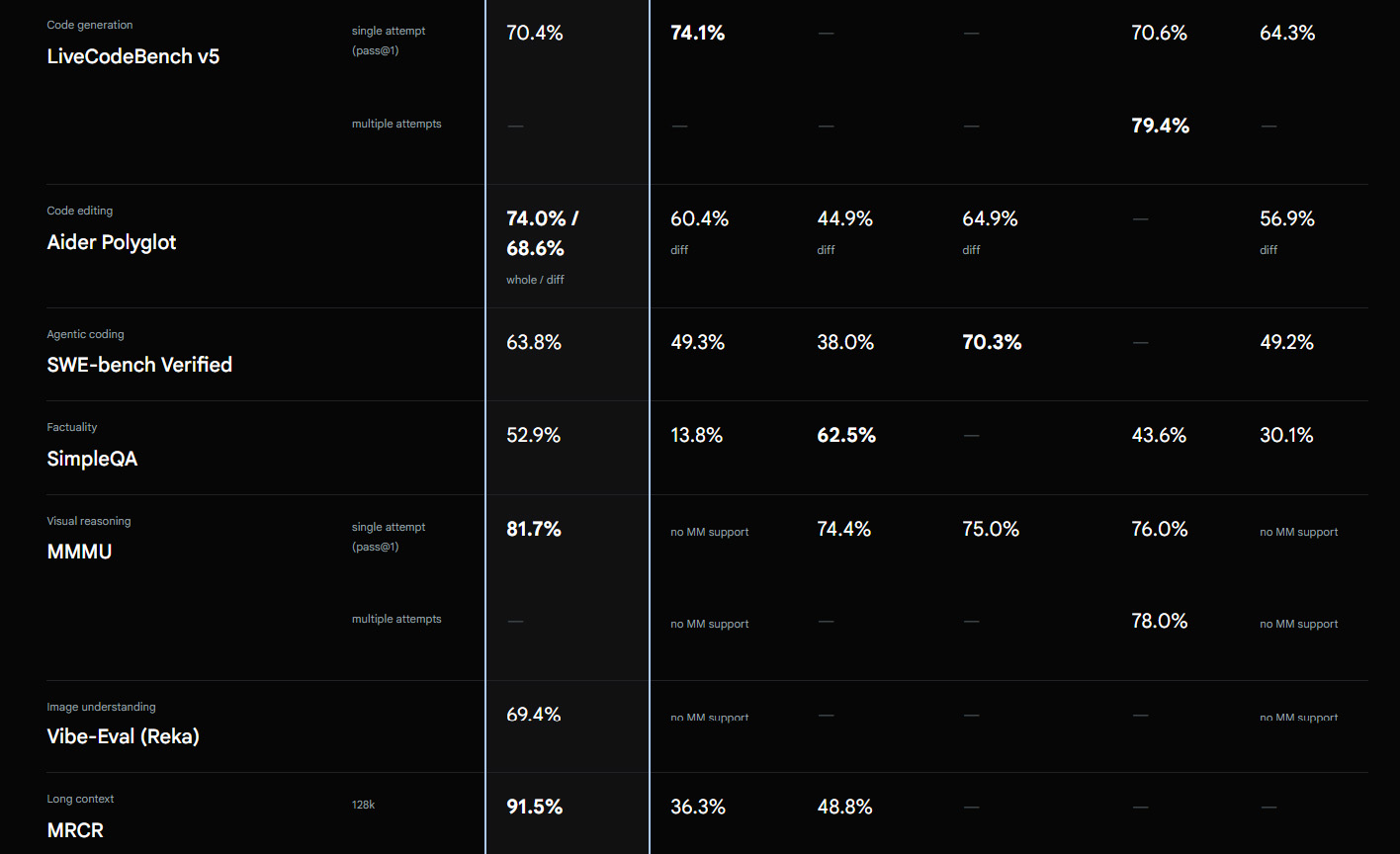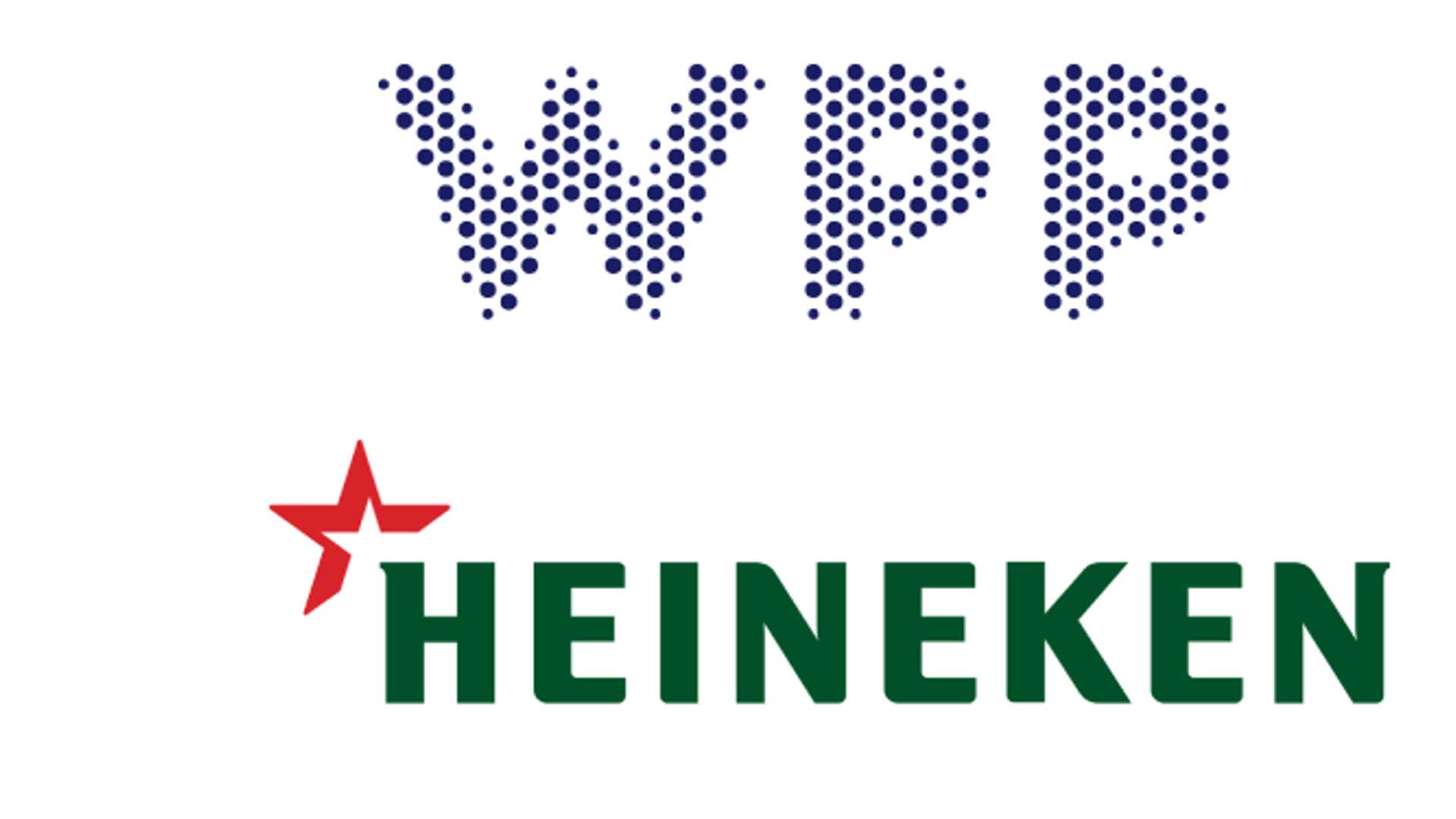Google releases Gemini 2.5 as model competition continues
Google recently launched Gemini 2.5, the newest iteration of its large language model. This version of the system is designed to be a "thinking" model, focused on reasoning through prompts rather than just predicting responses. The release of Gemini 2.5 adds to the ongoing competition in the field of high-capacity models, where companies like OpenAI, Anthropic, and Mistral are also consistently updating their models.
Performance Enhancements
Gemini 2.5 Pro Experimental has shown significant improvements in science, math, and reasoning benchmarks. It excelled in the LMArena benchmark, which is based on human evaluations, and demonstrated strong performance in domain-specific tasks such as AIME, GPQA, and SWE-Bench Verified. Notably, in the SWE-Bench coding benchmark, Gemini 2.5 achieved a score of 63.8%, marking a noticeable advancement over its predecessor, Gemini 2.0.
Technical Advancements

Google highlighted that Gemini 2.5 does not rely on test-time techniques like majority voting, instead embedding reasoning directly into the model's core. The model has showcased improvements across various benchmarks compared to earlier versions and competing systems. Despite these benchmark gains, factors like deployment friction, latency, and integration into existing workflows play a crucial role in real-world adoption.
Key Features
Gemini 2.5 supports up to 1 million tokens per prompt, with ongoing development to extend this window to 2 million tokens. It offers compatibility with multiple input formats, including text, audio, video, images, and complete code repositories. The model can be accessed through Google AI Studio and the Gemini app, with plans for rollout to Vertex AI in the near future.
Model Landscape
While Gemini 2.5 demonstrates technical prowess, OpenAI's GPT-4.5 remains a popular choice for daily workflows, primarily due to its API integrations, assistant infrastructure, and customizable tuning options. OpenAI has emphasized tool support, while models like Claude 3.7 and Grok 3 are also enhancing their ecosystems to stay competitive in the market.

Teams dealing with scientific, coding-intensive, or long-context tasks now have another robust option in Gemini 2.5. However, it's essential to consider various factors including integration speed, pricing, latency, and workflow suitability when choosing a model. With ongoing updates from players like Anthropic and Mistral, the landscape of AI models continues to evolve.
Ultimately, in the current AI race, the focus is less on declaring winners and more on finding the best-fit solutions for specific needs.
Source: Google DeepMind - Gemini 2.5: Our most intelligent AI model




















